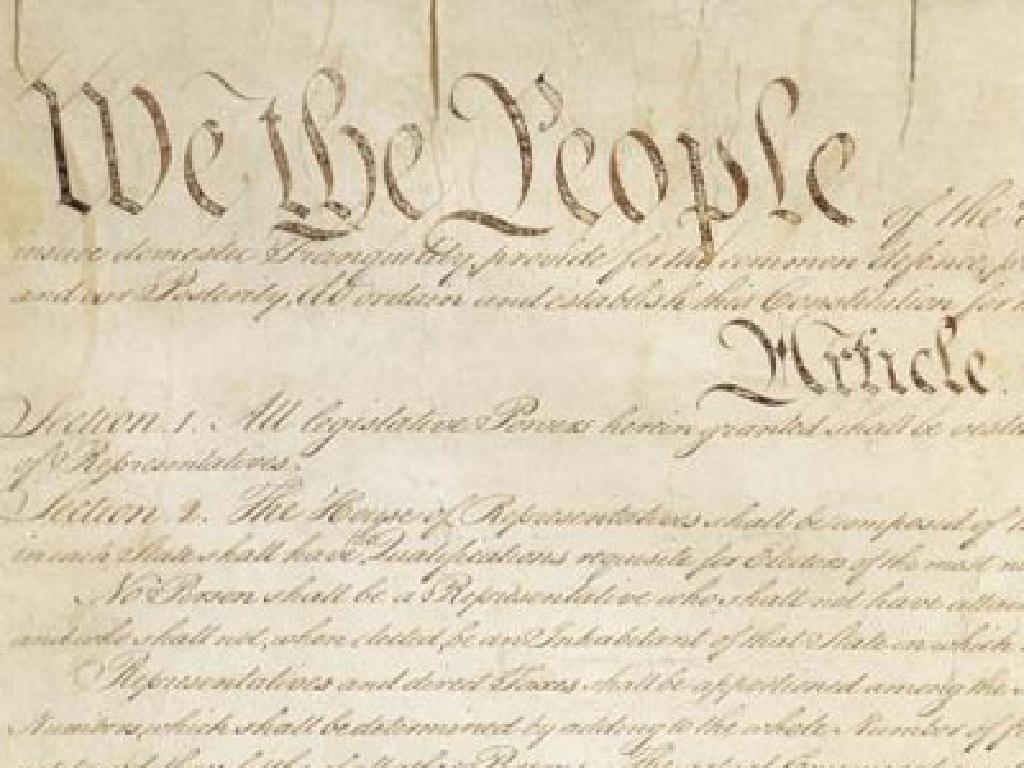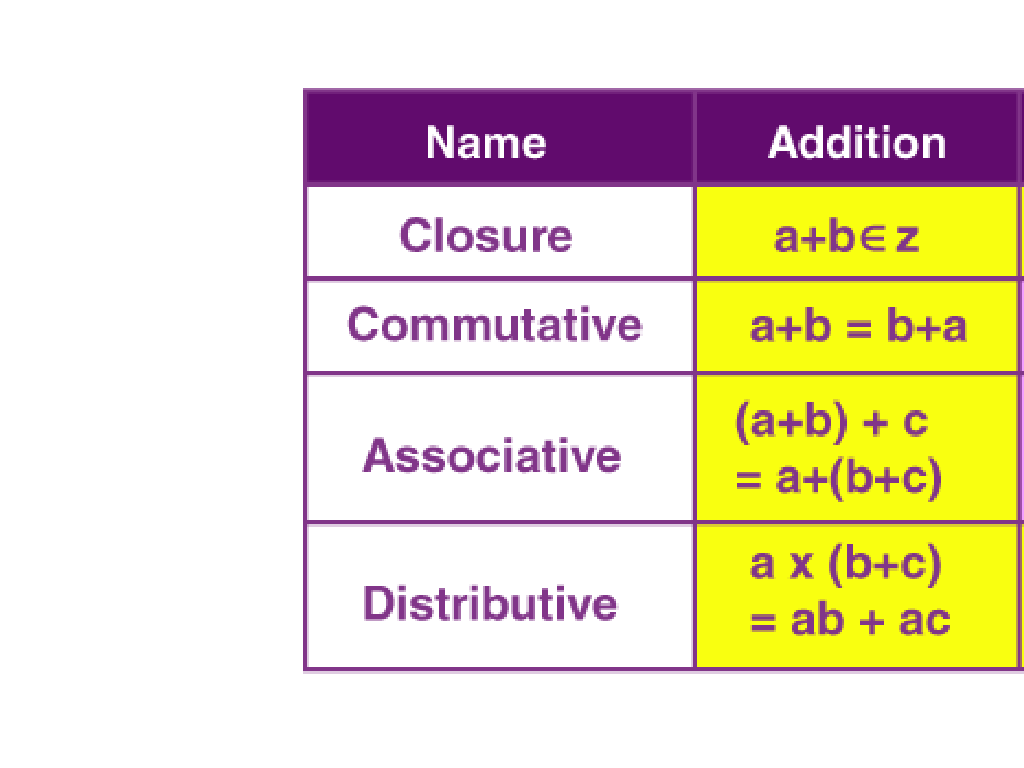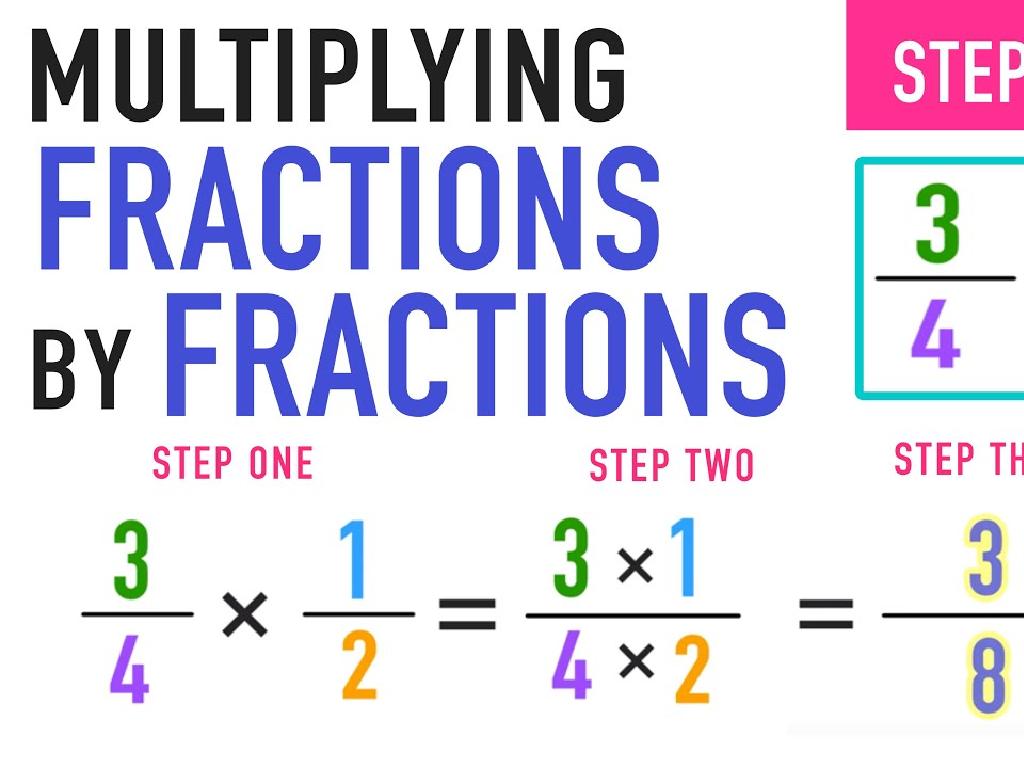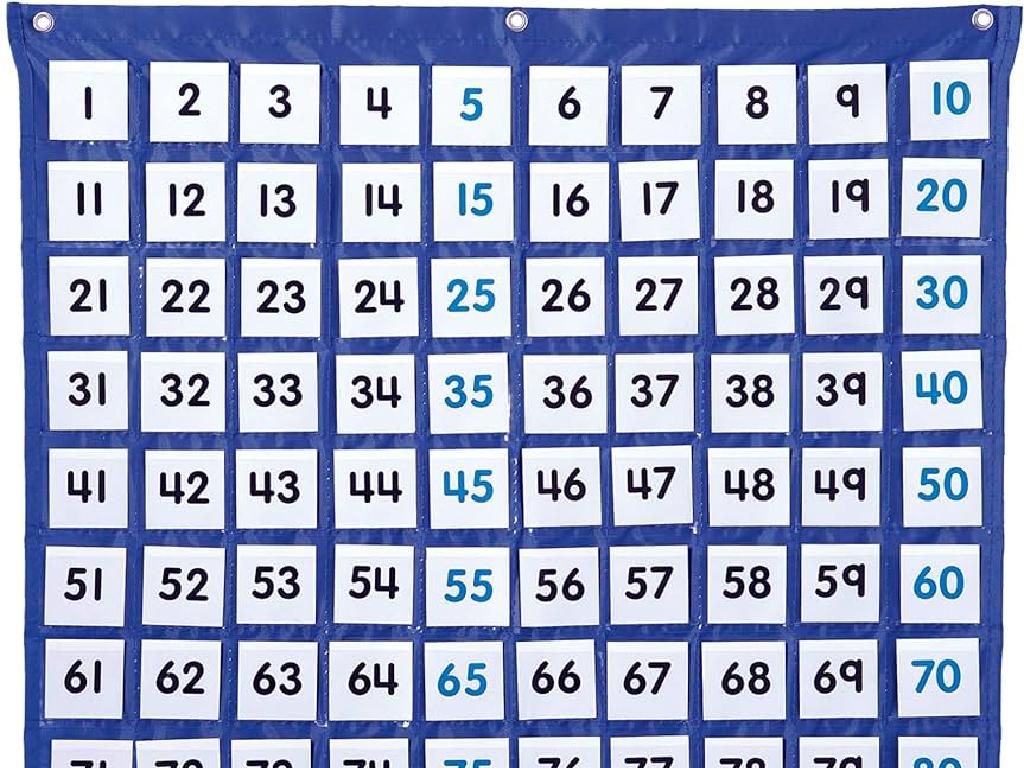Federal Government
Subject: Social studies
Grade: Third grade
Topic: Government
Please LOG IN to download the presentation. Access is available to registered users only.
View More Content
Exploring the Federal Government
– What is government?
– It’s a group that makes decisions for a country.
– Purpose of Federal Government
– To manage the country and keep us safe.
– Examples of Federal roles
– Printing money, delivering mail, and national defense.
– Importance of rules and laws
– Laws help everyone know what is allowed.
|
Begin the class by asking students what they think a government is and why it’s important. Explain that the federal government is like the leader of our country, making important decisions, creating laws, and keeping us safe. Provide relatable examples such as the government being responsible for printing money, delivering mail, and protecting the country. Emphasize the role of laws in maintaining order and ensuring fairness. Encourage students to think of rules they follow at home or in school as a way to relate to the concept of federal laws.
Branches of the Federal Government
– Three branches of government
– Legislative: Makes laws
– Congress is part of this branch
– Executive: Enforces laws
– The President and Vice President lead this branch
– Judicial: Reviews laws
– The Supreme Court is the highest court here
|
This slide introduces the concept of the separation of powers within the Federal Government, which is divided into three branches to ensure a balance of power. The Legislative Branch, consisting of Congress, is responsible for making laws. The Executive Branch, led by the President and Vice President, enforces these laws and includes the Cabinet members who head various departments. The Judicial Branch, which includes the Supreme Court and other federal courts, interprets the laws and checks that they are in line with the Constitution. It’s important to provide examples of each branch’s role and discuss how they work together to govern the country. Encourage students to think of questions about each branch for further discussion.
The Legislative Branch of the U.S. Government
– The Legislative Branch is like a school rules committee
– It makes rules, just like our school does
– Congress: Senate and House of Representatives
– The Senate has 100 members, the House has 435
– They create laws for the country
– Laws begin as ideas that Congress votes on
– Working together to help everyone
|
This slide introduces the Legislative Branch of the U.S. Federal Government to third-grade students by comparing it to something familiar to them: their school’s rules committee. Explain that Congress is the group responsible for making laws, and it has two parts: the Senate, with 100 senators, and the House of Representatives, with 435 members. Emphasize that both parts must work together to create laws that benefit all Americans. Use simple language and relatable examples to help students understand the concept of governance and representation. Encourage them to think of ideas for laws that would make their school or community a better place.
The Executive Branch of the U.S. Government
– The Executive Branch is like a principal
– Just like a principal manages a school, the Executive Branch manages the country.
– The President leads and enforces laws
– The President’s job is to make sure everyone follows the country’s laws.
– Vice President assists the President
– The Vice President is the President’s helper in leading the country.
– The Cabinet supports the President
– Cabinet members are leaders of different parts of the government who help the President.
|
This slide introduces the Executive Branch of the U.S. Government, drawing a relatable comparison for third graders by likening the President to a school principal. Emphasize that the President’s role is to ensure laws are followed, similar to how a principal ensures students follow school rules. The Vice President and the Cabinet are introduced as the President’s support team. Teachers should explain the Cabinet’s role in more detail, perhaps by comparing it to a group of teachers who each have their own subjects to look after, helping the principal manage the school. Encourage students to think of questions about how the President, Vice President, and Cabinet work together to lead the country.
The Judicial Branch of the Government
– It’s like our school’s fairness team
– The Supreme Court decides on law fairness
– They are the highest court in the land
– Courts check laws against the Constitution
– The Constitution is like the rule book for our country
– Judges help keep our laws fair and just
|
This slide introduces the Judicial Branch of the Federal Government, likening it to a ‘fairness team’ in school to make it relatable to third graders. Explain that the Supreme Court is like the principal who makes the final decisions on what is fair. Other courts help by checking if laws agree with the Constitution, which is like the ultimate rule book for the United States. Judges in these courts are like teachers who help make sure everyone follows the rules and plays fair. Encourage students to think of times they have to be fair and follow rules to help them connect with the concept of the Judicial Branch.
The Constitution: Our Country’s Rule Book
– The Constitution is a key document
– It’s like a rule book for the USA
– Just like our classroom rules guide us
– It outlines government’s powers
– It lists what the government can and can’t do
– It protects our rights
– It ensures our freedom and safety
|
This slide introduces the Constitution as the foundational document of the United States federal government. It’s important to explain to third graders that the Constitution is like the rule book they might have in the classroom, which helps everyone know what they can and cannot do. Emphasize that the Constitution outlines the powers of the government, similar to how school rules outline what is allowed in school. It also protects the rights of the citizens, ensuring that everyone is treated fairly and has certain freedoms. Use simple language and relatable analogies to help students understand the significance of the Constitution.
Let’s Be Lawmakers!: Creating Classroom Laws
– Pretend we’re Congress members
– Create a law for our class
– What rules would make class better?
– Consider fairness and kindness
– Laws should treat everyone equally
– Think how laws help us all
|
This slide introduces a class activity that simulates the legislative process in the Federal government. Students are asked to imagine themselves as members of Congress, tasked with creating a law for their classroom. The activity encourages them to think critically about what makes a rule fair and beneficial for the whole group. Teachers should guide the discussion, ensuring that students understand the importance of fairness and the common good in lawmaking. Possible activities include voting on the best class law, discussing the consequences of breaking laws, and comparing classroom laws to real government laws. This exercise aims to teach students about the role of Congress and the legislative process in a fun and engaging way.
Class Activity: Create a Classroom Law
– Discuss what makes a good law
– Think of ideas for our classroom
– Consider laws that are fair and helpful
– Vote on the best classroom law
– Implement our new class rule
– The chosen law will be used every day in class
|
This activity is designed to engage students with the concept of governance by creating a classroom law. Start by discussing the characteristics of a good law, such as fairness and the ability to help everyone. Encourage students to brainstorm ideas that would make the classroom a better place. Once ideas are gathered, organize a voting session to choose the best one. The winning idea will become a new rule for the class to follow. This exercise will help students understand the democratic process and the importance of laws in maintaining order and fairness in a community. Possible activities include creating posters for their proposed laws, writing persuasive speeches to support their ideas, or acting out scenarios that demonstrate the benefits of their suggested laws.





